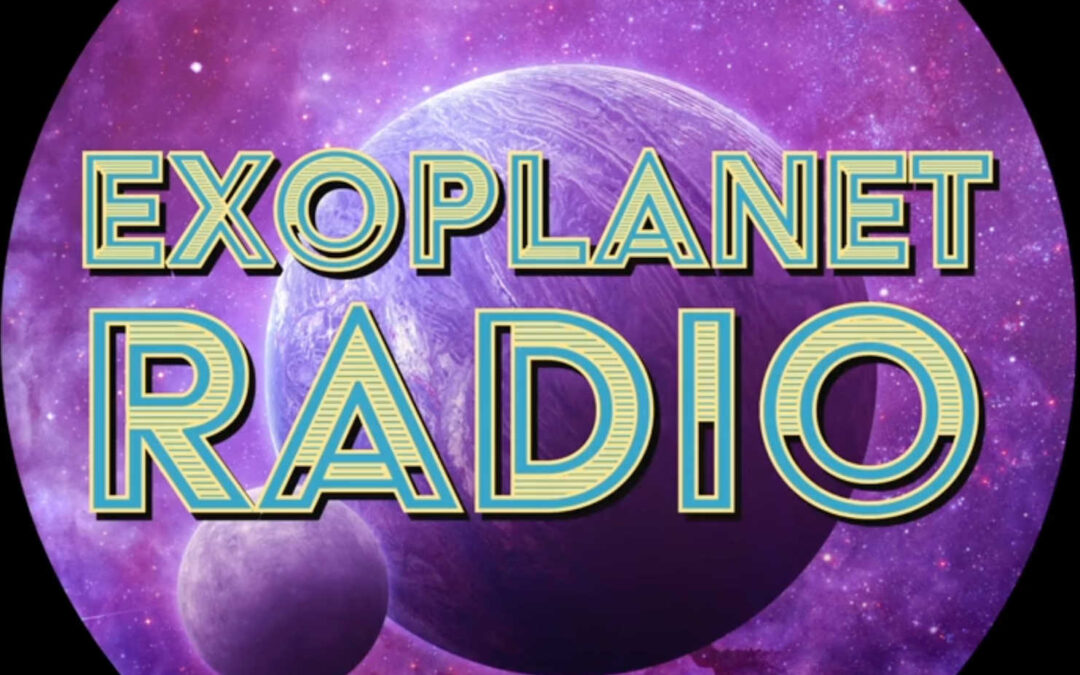TRAPPIST-1 has held our attention because it has so many rocky worlds orbiting a star that may allow some of them to have liquid water


TRAPPIST-1 has held our attention because it has so many rocky worlds orbiting a star that may allow some of them to have liquid water

This planet was discovered by Trans-Atlantic Exoplanet Survey & became the first planet observed by the Kepler with designation Kepler-1b.

Most exoplanets discovered without actually see the planet at all & astronomers are working on starshades to resolve planets directly!

The next big milestone for exoplanets is a telescope that can see beyond beyond the frontiers of our knowledge: The Roman Space Telescope

TRAPPIST-1 c receives a similar amount of radiation from its host star as Venus gets from the Sun. So the question, is this planet habitable?

Astronomers estimate there are more free roaming planets in our galaxy than planets in orbit around stars. Trillions worlds wandering alone

How common are habitable planets? Where’s the life? How common are planets that could potentially support life?


From it size, HAT-P-67 b almost made it to star status but doesn’t have enough mass for nuclear fusion to take place. More at #365DaysOfAstro

JWST successfully took direct image of a gas giant exoplanet, and that means it has no rocky surface and could not be habitable.